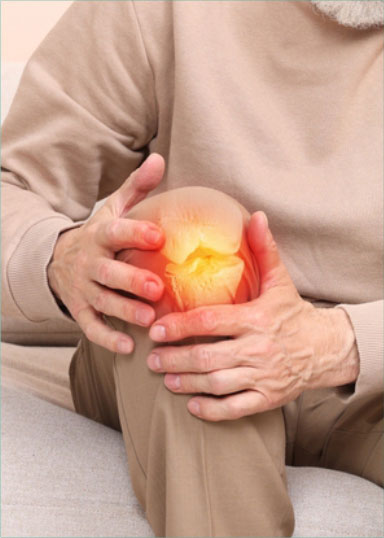
Neck Pain Management
Neck pain can be caused by various factors, including muscle strain, poor posture, injury, or underlying medical conditions. Management of neck pain typically involves a combination of self-care strategies, lifestyle modifications, and, in some cases, medical interventions. It’s important to note that if you have persistent or severe neck pain, it’s advisable to consult with a healthcare professional for a thorough evaluation and personalized treatment plan.

Frozen Shoulder
Frozen shoulder, also known as adhesive capsulitis, is a condition characterized by pain, stiffness, and limited range of motion in the shoulder joint. It typically develops gradually and progresses through stages. While the exact cause is not always clear, factors such as injury, overuse, or underlying medical conditions may contribute to the development of frozen shoulder.

Carpal Tunnel Syndrome
Carpal Tunnel Syndrome (CTS) is a condition where the median nerve is compressed at the wrist, causing pain, numbness, and tingling in the hand. Commonly associated with repetitive movements, CTS can be managed with splinting, physical therapy, and, in severe cases, surgical intervention to alleviate pressure on the nerve.

Cupping Therapy
Cupping therapy is an ancient therapeutic technique that involves placing cups on the skin to create suction. This practice is used for various purposes, including pain management, inflammation reduction, improved blood circulation, and relaxation. Cupping therapy is often associated with traditional Chinese medicine (TCM) but has also been utilized in other traditional healing systems.

Lower Back Pain
Management
Managing lower back pain involves a multifaceted approach that addresses the underlying causes, reduces pain, and promotes long-term spinal health. It’s important to note that these suggestions are general in nature, and individuals should consult with a healthcare professional for personalized advice.

Tennis Elbow (Ferris Elbow)
Tennis elbow, or lateral epicondylitis, is a condition characterized by pain and inflammation on the outer part of the elbow. Despite its name, tennis elbow is not exclusive to tennis players; it can affect anyone who engages in activities that involve repetitive gripping, wrist extension, and forearm rotation. The condition typically arises from overuse or strain on the forearm muscles and tendons, leading to tiny tears in the tendons attached to the lateral epicondyle.

Spinal Rehabilitation
Spinal rehabilitation, also known as spine rehabilitation, is a specialized form of rehabilitation focused on improving the function and well- being of individuals with spinal conditions, injuries, or surgeries. The spine plays a crucial role in supporting the body’s structure and facilitating various movements. Spinal rehabilitation aims to address pain, restore mobility, strengthen muscles, and enhance overall spinal health.

Ankle Sprain/ Plantar
Fasciitis Physiotherapy
Ankle sprains and plantar fasciitis are common orthopedic conditions that can benefit from physiotherapy interventions. Physiotherapy aims to
reduce pain, improve function, and promote the healing process through a variety of exercises, stretches, and therapeutic modalities.



